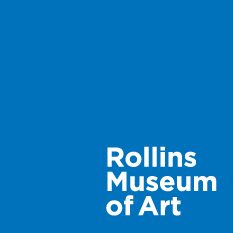There is just something about landscape art that helps transport me to past times and places. I was reminded of […]
More Thoughts on the Materiality of Paint: David Stern
Previously in this space, I have written about the necessity of seeing works of art in person, as well as […]
Jim Dine, Mark di Suvero, and the Echoes of Downtown
In one of those quirks of the alphabet I wrote about when considering Joseph Cornell and Earl Cunningham, my list […]
More Thoughts on Photography as Art: Stieglitz, Steichen, Strand
Back in October, I wrote about the moment around the turn of the twentieth century when photography became art. In […]
Esphyr Slobodkina and American Abstraction
This article was originally posted on February 2, 2021 by Grant Hamming. Recently I wrote about the changing taste for […]
On Changing Artistic Tastes and American Modernism, Part 2: Grandma Moses
Last week, I wrote about the shifting American taste in modern art at the middle of the twentieth century. I’d […]
On Changing Artistic Tastes and American Modernism
Recently, while conducting research on the painter Elizabeth Murray (herself worthy of a future blog post), I came across an […]
Winter Scenes
Flashback to December, and I am looking out the window at a sheet of ice, deposited in my corner of […]
Martin Lewis and Urban America
I was inspired to write this post after enjoying a recent CFAM Work of the Week: Derricks at Night by […]
Seascape, Ship Portraiture, and the Drama of Detail in Marine Painting
This week I have been considering Black Squall at Gibraltar, a recent addition to the collection. Its maker, James E. […]
Ernest Lawson and the Materiality of Paint
I have long wanted to discuss the related disciplines of art conservation and technical art history on this blog but […]
More Thoughts on American Art After Abstract Expressionism: Nancy Graves
In the last entry of this blog, I wrote about the American painter Wolf Kahn, whom the art historian Barbara […]
Pausing to Appreciate Wolf Kahn
Lost (for me at least) amid all the tumult of March, when the first wave of COVID-19-related shutdowns were cascading […]
When Photography Became Art: Pictorialism
Today I would like to consider two photographs by American photographers, The Red Man by Gertrude Käsebier and Ziletta by […]
Robert Henri, William Merritt Chase, and Artistic Rivalry
The art world is no stranger to controversy. Recently, a number of major museums on both sides of the Atlantic […]
